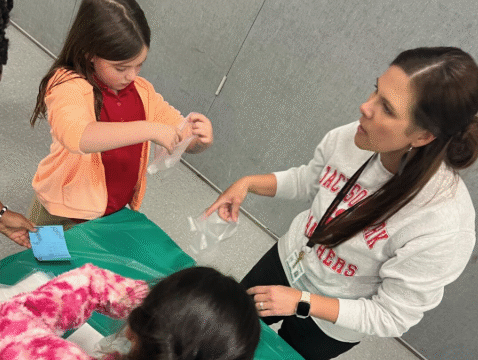Student-centered leadership places learners at the heart of decision-making and school improvement efforts. This approach emphasizes collaboration, respect for student voice, and the belief that students are capable partners in shaping their own educational experience. When implemented effectively, student-centered leadership transforms school culture and boosts engagement across the entire learning community.
What Student-Centered Leadership Looks Like
Student-centered leadership involves practices that prioritize student needs, perspectives, and agency. It goes beyond traditional models of leadership by inviting students to participate in meaningful dialogue about their education and the broader school environment.
Core Elements of Student-Centered Leadership
- Listening to Student Voice: Leaders actively seek input from students through surveys, forums, and advisory councils, ensuring their feedback informs school policies and practices.
- Shared Decision-Making: Students are involved in shaping aspects of school life, including curriculum design, school climate initiatives, and community engagement projects.
- Support for Personalized Learning: Student-centered leaders create structures that allow for choice, flexibility, and differentiated instruction that reflects students’ strengths and interests.
- Empowerment and Responsibility: Students are trusted with leadership roles that develop their confidence, responsibility, and problem-solving skills.
Strategies for Implementing Student-Centered Leadership
- Create Student Advisory Teams: Involve student representatives in leadership meetings and planning processes.
- Facilitate Student-Led Conferences: Allow students to take charge of discussing their progress and setting goals during parent-teacher meetings.
- Encourage Student-Led Initiatives: Support clubs, events, and campaigns initiated and organized by students.
- Provide Leadership Development Opportunities: Offer workshops, mentorship programs, and service-learning projects that help students grow as leaders.
The Role of Educators and Administrators
Educators and administrators serve as facilitators, mentors, and advocates for student-centered practices. By modeling collaboration and showing trust in students’ abilities, they create an environment where student leadership is both respected and impactful.
Benefits of Student-Centered Leadership
Schools that embrace student-centered leadership often experience higher student motivation, improved academic outcomes, and stronger school connectedness. It cultivates a sense of ownership and prepares students to be thoughtful, engaged citizens beyond the classroom.
Conclusion
Student-centered leadership in action means empowering students to have a voice, take initiative, and contribute to the school community in meaningful ways. When students are given the tools and opportunities to lead, they not only grow individually but also help shape a more inclusive, responsive, and dynamic learning environment for all.





